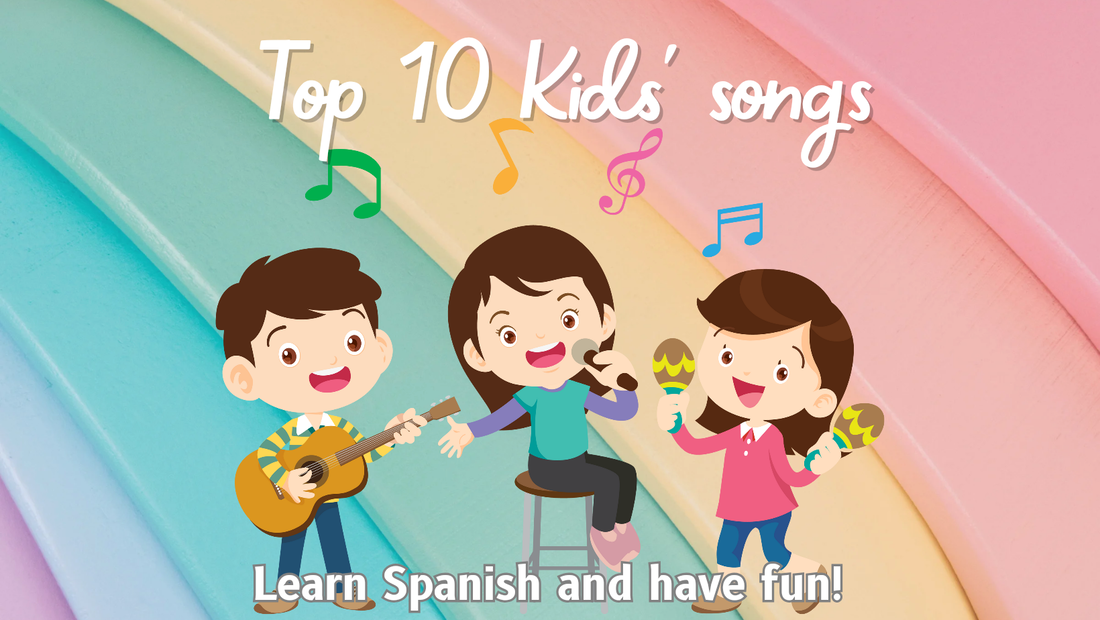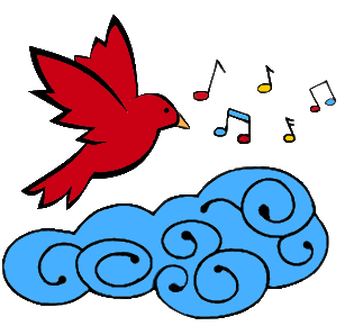|
Childhood stands as a pivotal phase in life, championed by numerous experts in psychology, education, and child development for its paramount significance. This formative period leaves an indelible imprint on cognitive, social, and emotional growth, nurturing the roots of perpetual learning and self-assurance. During infancy, the brain's neuroplasticity aids rapid language acquisition, forming connections and absorbing linguistic patterns, as highlighted by Mia Nacamulli. Studying Spanish is a remarkable avenue to broaden your learner's horizons. The fusion of music and language learning is a powerful combination that ignites motivation creativity, and stimulates curiosity. This idea aligns with the theory of Howard Gardner’s theory of Multiple intelligences, which suggests that linguistics and music aptitudes constitute distinct forms of intelligence. Embracing this perspective and nurturing diverse intelligences, such as acquiring Spanish language skills through song – can profoundly enhance our comprehensive understanding of various subjects.
Now, let’s discover 10 songs for kids to improve their Spanish knowledge. 10 songs to study and have fun!
In conclusion, learning Spanish through songs yields a multitude of advantages. These include language immersion, expansion of vocabulary, heightened cultural sensitivity, improved listening skills, enhanced memory retention, and forging emotional bonds. Embrace the power of music, revel in the joy of mastering languages, and allow the harmonies of Spanish songs to orchestrate your development, culminating in the creation of bilingual memories. To learn more about the power of music and language, schedule a free consultation with us today!
0 Comments
Leave a Reply. |
AuthorWrite something about yourself. No need to be fancy, just an overview. Archives
June 2024
Categories
All
|
Music & Language Learning Center |
Music Classes |
Language Classes |
MUSIC AND LANGUAGE LEARNING CENTER 2024



 RSS Feed
RSS Feed

